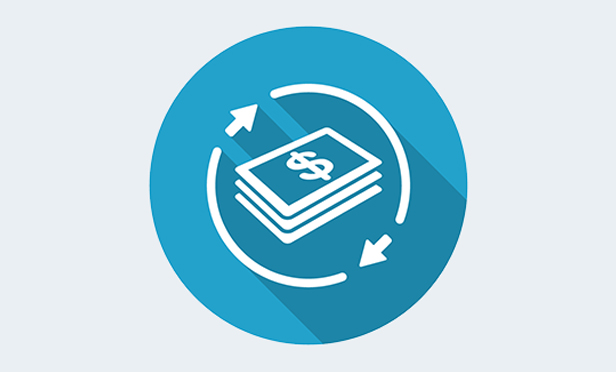 Source: Adobe Stock
Source: Adobe Stock
Many of your clients might benefit from using a Roth IRA as part of their retirement savings strategy. But if you have clients who earn too much to contribute to a Roth IRA, you are likely familiar with the backdoor Roth strategy. For clients whose circumstances fit, you might also consider the mega backdoor Roth strategy as a way to funnel larger amounts into a Roth IRA account for them.
What it is
A backdoor Roth IRA generally involves making an after-tax contribution to a traditional IRA account and then converting that amount to a Roth IRA. The taxation of the conversion will depend upon whether or not the client had additional funds in a traditional IRA account that were contributed on a pre-tax basis and/or that represent earnings on funds in the account.
A mega backdoor Roth involves your client making after-tax contributions over and above the annual 401(k) contribution limits to their employer's 401(k) plan. This could amount to them being able to contribute up to an extra $37,500 per year. For high earning clients who can afford to do this, the mega back door Roth can be a way to funnel significant amounts to a Roth IRA account.
How it works
In order for a mega backdoor Roth strategy to work, your client's employer must allow after-tax non-Roth contributions to be made to the plan participant's accounts. These contributions are made to a separate bucket over and above your client's normal contributions to the plan.
For 2020, the maximum contribution that is allowed is $37,500. Again, this is over and above the $19,500 or $26,000 (for those 50 or over) that can be contributed to a traditional or Roth 401(k) account for 2020. About 40 percent of all 401(k) plans offer this option.
The mega backdoor Roth works best if your client's employer allows in-service withdrawals. In some cases, this is only allowed once participants reach age 55 or 59 ½. About 70 percent of all plans allow some sort of in-service non-hardship withdrawal. Even if the plan doesn't allow for them at all, or if they are limited to participants who have attained a certain age, this strategy can still be effective.
If the plan is set up to accommodate these after-tax contributions, your client would need to subtract any company matching that is in place. For example, if their employer provided $5,000 in matching contributions for the year, the most your client could contribute for 2020 is $32,500.
In this scenario, your client would contribute up to the maximum allowed in after-tax contributions, then do an in-service withdrawal as a rollover to a Roth IRA account. The best scenario is if their plan allows these in-service withdrawals at any time or any age. Note that it's generally best to do this as a rollover versus as a withdrawal from the plan, as this will avoid inadvertently triggering any taxes or penalties for clients under age 59 ½.
Even if your client's plan doesn't allow in-service withdrawals, or if they are limited to participants over a certain age, like 55 or 59 ½, this still works. Your client can accumulate money in this after-tax pool. They can do the rollover when they attain the specified age or when they leave their employer, if earlier than that age. The after-tax contributions will not be taxed; however, any earnings on these contributions would be subject to taxes.
For clients who can't contribute to a Roth IRA, or who want to ultimately accumulate large amounts in a Roth IRA account, the mega backdoor Roth is a strategy to consider if their employer's 401(k) plan allows for it.
Roger Wohlner is a financial writer who brings his extensive experience as a financial advisor to his writing. Fluent on a wide range of financial topics, his work has been featured in TheStreet, Investopedia, Morningstar Magazine, Go Banking Rates, US News & World Report, Yahoo! Finance, The Motley Fool and a number of other sites. Roger ghostwrites extensively for financial services providers, investment managers and financial advisors.
© 2025 ALM Global, LLC, All Rights Reserved. Request academic re-use from www.copyright.com. All other uses, submit a request to [email protected]. For more information visit Asset & Logo Licensing.







